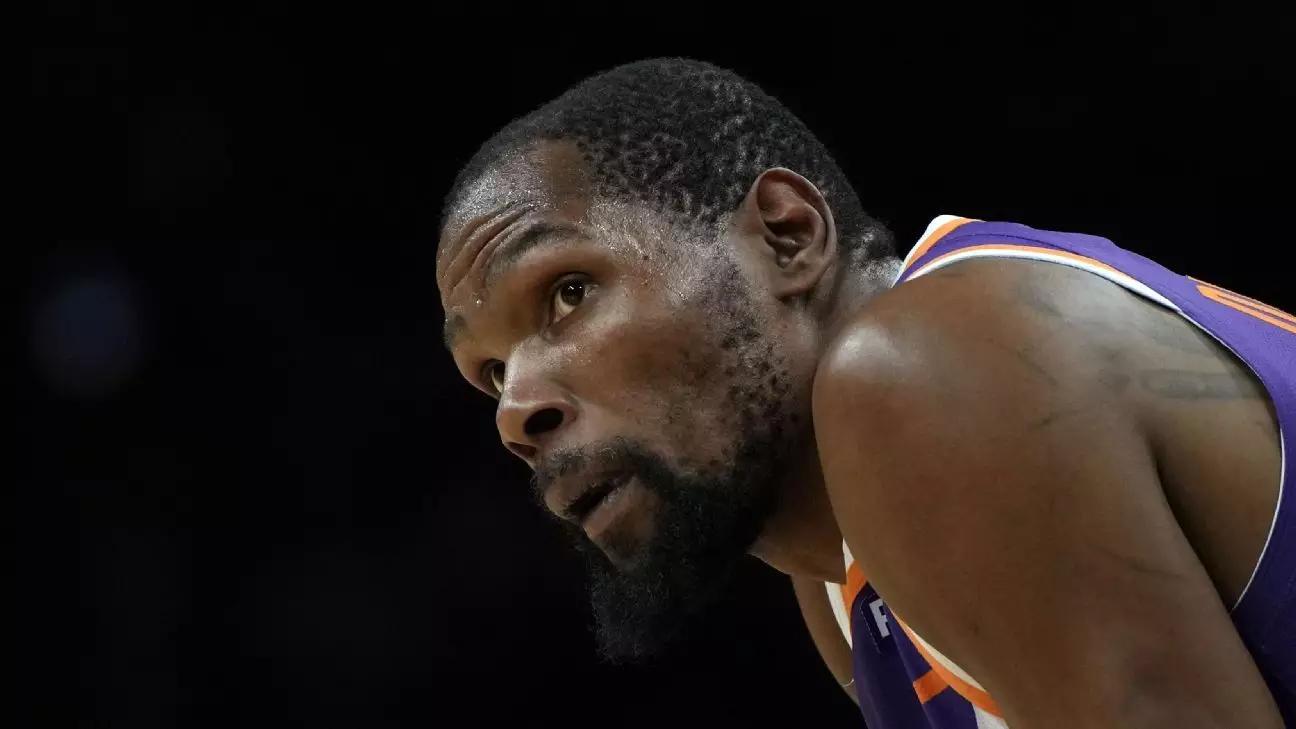The recent flurry of deals that culminated in the first-ever seven-team trade in NBA history signals a seismic shift in the league’s landscape. This complex transaction, triggered by Kevin Durant’s move from Phoenix to Houston, exemplifies how modern NBA franchises are embracing multifaceted strategies to reshape their futures. It’s not merely a trade for star power; it’s a chess game involving draft assets, salary cap maneuverings, and strategic depth, illustrating a new era of league dynamics where collaboration and calculated risk-taking reign supreme.
This trade goes beyond a simple player swap; it exemplifies a league in flux, where multiple franchises are interconnected in a web of transactions designed to optimize their competitive and financial positions. The sheer scope — involving seven teams, six players, a trove of draft picks, and cash considerations — underscores the increasing complexity of NBA front office decision-making. For years, the league was characterized by straightforward trades; today, the structure resembles a carefully orchestrated symphony, with every note, pick, and player integral to a larger, collective strategy.
The Anatomy of a Mega-Trade — Strategy, Assets, and Implications
At the heart of this colossal deal is Durant’s switch from Phoenix to Houston, a move that sends ripples through the entire league. This maneuver was driven not only by on-court ambitions but also by cap management and long-term planning. Incorporating six different teams, the transaction effectively rearranged the league’s hierarchy, injecting fresh talent into markets eager for playoff contention.
The involvement of draft capital highlights a key trend: teams are no longer solely relying on star players to build successful rosters. Instead, they see draft picks as currency — tools to lure big names, build depth, or craft future assets. Phoenix, for example, received multiple second-round picks and maneuvered them to secure strategic selections, leveraging picks to bolster young talent like Rasheer Fleming and Koby Brea. Meanwhile, Houston secured a future superstar and added veteran depth by reacquiring Clint Capela, a player intimately familiar with the franchise’s culture.
It’s intriguing how strategic considerations shape these deals. The Rockets’ decision to bring back Capela, for instance, reflects a desire for positional stability and veteran leadership on the frontcourt. The trade’s broader impact is evident in how it dictates future draft strategies and team-building philosophies — emphasizing versatility, flexibility, and long-term planning over single-season gains.
Kevin Durant’s Transition — A Reflection on Growth and New Horizons
Durant’s departure from Phoenix isn’t just a player movement; it symbolizes a personal evolution. His message on social media reveals a perspective grounded in gratitude and anticipation. Rather than focusing solely on the move itself, Durant emphasizes the human and community aspects of the sport — the behind-the-scenes efforts, the relationships built along the way, and the broader NBA family.
This transition underscores how star players now view their careers as chapters in a larger narrative. Durant’s words reflect a recognition that success isn’t measured purely in championships but also in personal growth, community ties, and adaptability. His move to Houston offers a fresh challenge, promising new opportunities for leadership and performance. It signals an awareness that, in today’s NBA, adaptability and mental resilience are paramount — traits that often determine whether a player can thrive amid constant change.
Furthermore, Durant’s acceptance of this new chapter illustrates the league’s evolving narrative — one where individual evolution is intertwined with collective progress. His willingness to openly reflect on his journey indicates a mindset geared towards growth, adaptability, and embracing new environments, qualities essential for navigating the modern NBA landscape.
The Future of NBA Trades — A New Paradigm in Player Movement
This historic trade sets a precedent for how NBA franchises will approach future transactions. The intricacy involved suggests that teams are increasingly willing to experiment with multi-team deals, leveraging draft assets and cap flexibility to craft the perfect roster puzzle. The NBA’s shift toward more strategic, multi-layered trades reflects a broader desire among franchises to control their destiny in a league defined by parity and unpredictability.
As the league continues to evolve, we may see more of these extensive transactions that embrace a holistic approach — combining veteran talent, young prospects, draft capital, and cap space. It’s a recognition that winning requires a nuanced understanding of the league’s mechanics and a willingness to collaborate beyond traditional trade boundaries. The domino effect of this deal will likely influence how teams plan their rosters, scout talent, and negotiate in the years ahead.
The 2024 offseason marked a turning point — one where teams began to see trades not just as short-term fixes but as long-term investments in their franchise identity. This approach could redefine how success is measured, shifting focus from singular star acquisitions to building sustainable, adaptable teams capable of competing amidst a constantly shifting league landscape.


Leave a Reply